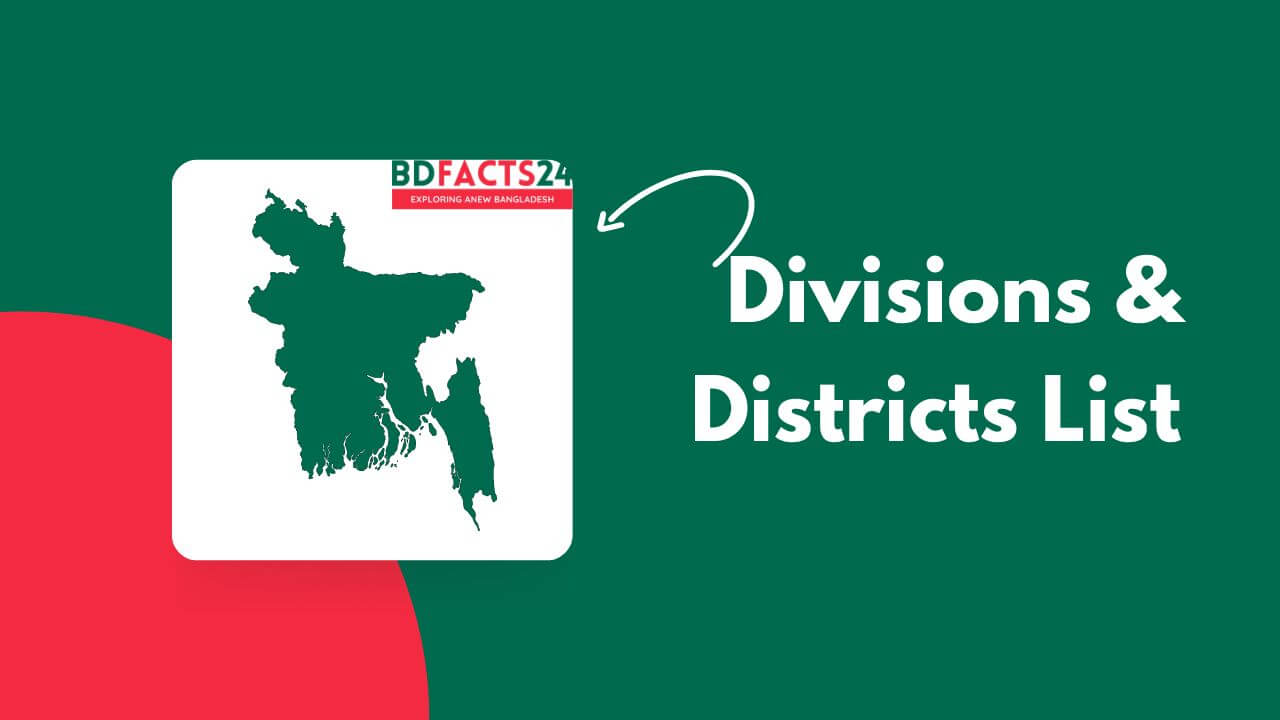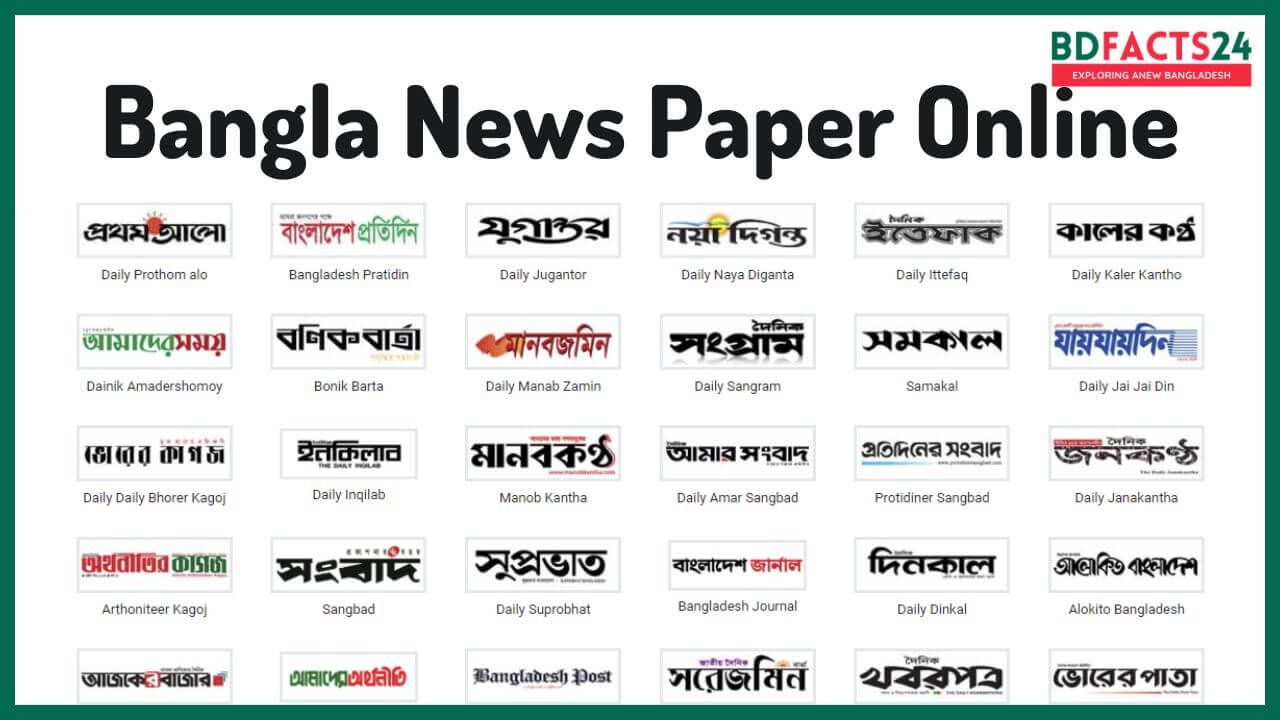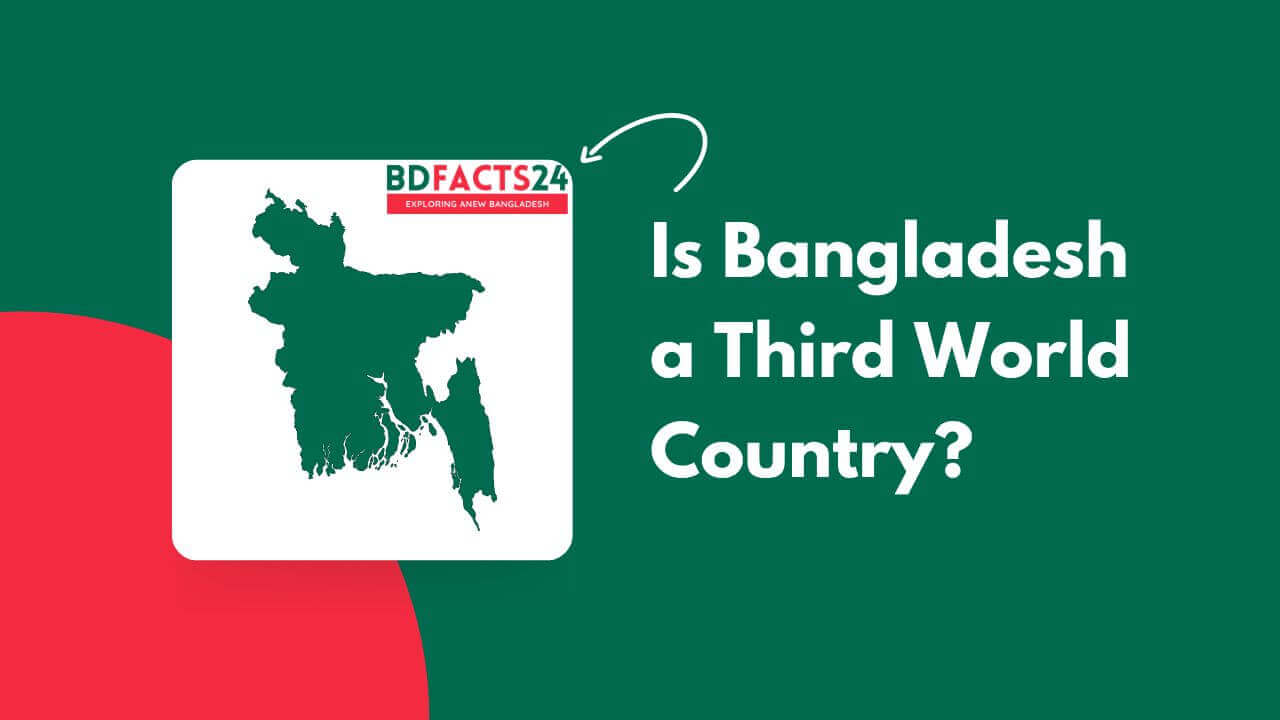The Bengali calendar has twelve months, and each month has its unique name, known as the Bangla 12 Maser Nam. In this article, we will discuss the Bangla 12 Maser Nam and their significance in Bengali culture.
Bangla 12 Maser Nam – Twelve Months of the Bengali Calendar
The Bengali calendar, also known as the Bangla calendar, is a solar calendar used in the Bengal region of South Asia, including Bangladesh and the Indian states of West Bengal, Tripura, and Assam.
1. Boishakh (বৈশাখ)
Boishakh is the first month of the Bengali calendar and is celebrated as the Bengali New Year. It is named after the constellation Boishakh, which is visible during this time. Boishakh is a month of new beginnings and is associated with spring, agriculture, and the renewal of nature.
2. Joishtho (জ্যৈষ্ঠ)
Joishtho is the second month of the Bengali calendar, and it is associated with the hot summer season. The name Joishtho is derived from the Sanskrit word Jyeshtha, which means “the eldest” or “the most excellent.” This month is also associated with the Hindu festival of Shiva Ratri.
3. Ashar (আষাঢ়)
Ashar is the third month of the Bengali calendar and marks the beginning of the monsoon season. It is a month of rain, fertility, and growth, and is associated with the cultivation of rice, which is a staple food in the region.
4. Shraban (শ্রাবণ)
Shraban is the fourth month of the Bengali calendar and is associated with the Hindu festival of Raksha Bandhan. It is also a month of rain and is considered auspicious for marriages and other ceremonies.
5. Bhadra (ভাদ্র)
Bhadra is the fifth month of the Bengali calendar and marks the end of the monsoon season. It is associated with the harvest of paddy and other crops and is considered an auspicious month for starting new businesses and ventures.
6. Ashwin (আশ্বিন)
Ashwin is the sixth month of the Bengali calendar and is associated with the Hindu festival of Durga Puja. It is a month of festivities, music, and dance, and is considered one of the most significant months in the Bengali calendar.
7. Kartik (কার্তিক)
Kartik is the seventh month of the Bengali calendar and is associated with the Hindu festival of Diwali. It is a month of light, fireworks, and celebrations and is considered auspicious for new beginnings and ventures.
8. Agrahayon (অগ্রহায়ণ)
Agrahayon is the eighth month of the Bengali calendar and marks the beginning of the winter season. It is associated with the Hindu festival of Bhai Dooj and is considered a month of peace and tranquility.
9. Poush (পৌষ)
Poush is the ninth month of the Bengali calendar and is associated with the harvest of winter crops. It is also a month of festivities and celebrations and is considered auspicious for starting new projects.
10. Magh (মাঘ)
Magh is the tenth month of the Bengali calendar and is associated with the Hindu festival of Saraswati Puja. It is a month of learning, education, and knowledge and is considered auspicious for students and scholars.
11. Falgun (ফাল্গুন)
Falgun is the eleventh month of the Bengali calendar and is associated with the Hindu festival of Holi. It is a month of colors, love, and joy and is considered one of the most vibrant months in the Bengali calendar.
12. Chaitra (চৈত্র)
Chaitra is the twelfth and last month of the Bengali calendar and is associated with the Hindu festival of Ram Navami. It is a month of new beginnings and is considered auspicious for starting new projects and ventures.
Conclusion to Bangla 12 Maser Nam
In conclusion, the Bangla 12 Maser Nam are an integral part of Bengali culture and tradition. Each month has its unique significance and is associated with various festivals and celebrations. The Bengali calendar, with its twelve months, reflects the region’s close relationship with nature and agriculture, making it a unique and important aspect of Bengali culture.











